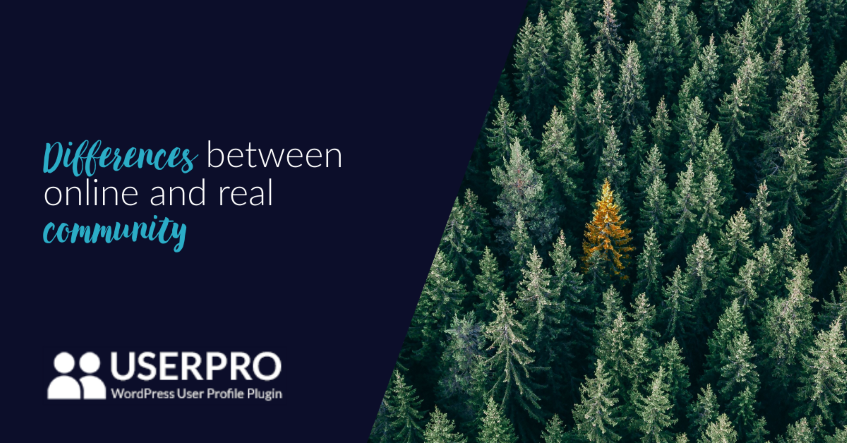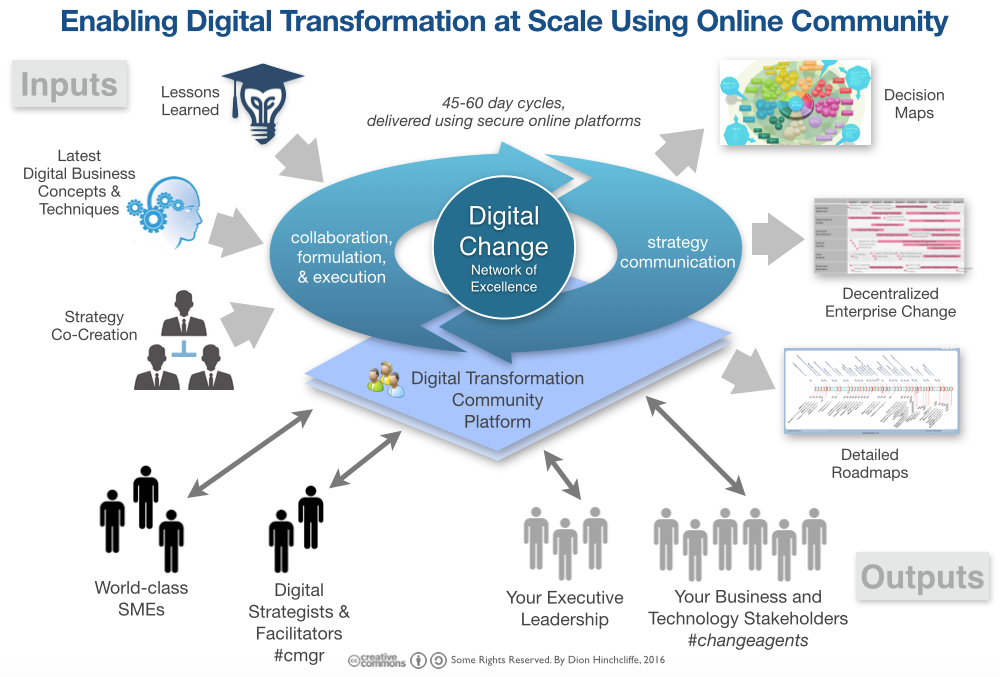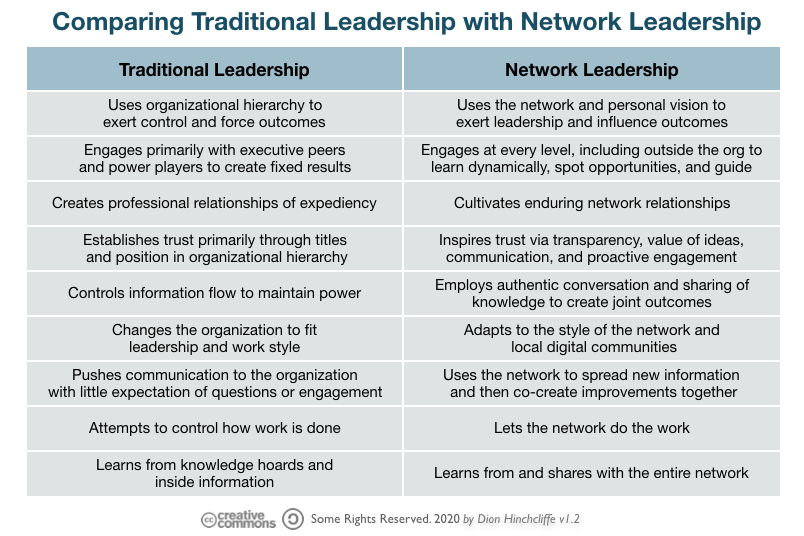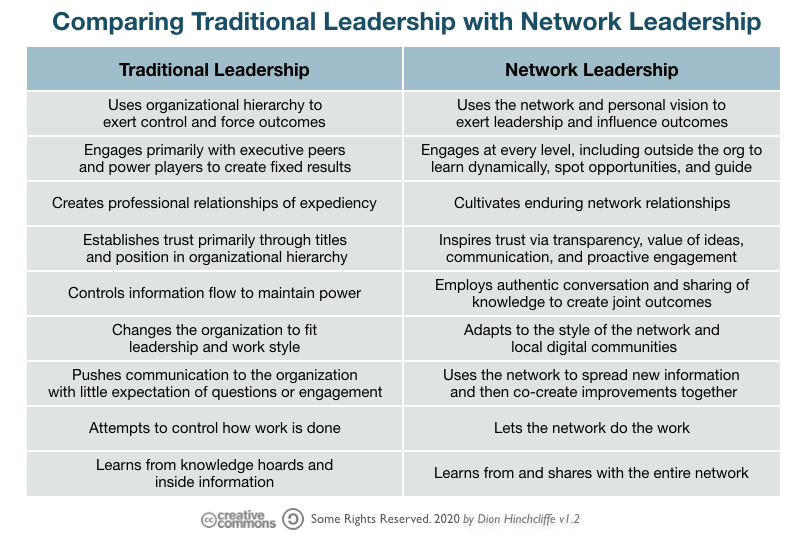Digital networks and real communities might seem similar at first glance—they both connect people, foster interaction, and serve as spaces for exchange. But as we navigate a world saturated with likes, shares, and followers, it’s more important than ever to ask: Are we truly connected, or are we just digitally entangled?
At Remin.site, we believe that connection is more than a click. We are a project where your memories, ideas, and legacy live on—not lost in digital noise, but carried forward with purpose. This article unpacks the core difference between a digital network and a real community—and why it matters more than ever.

Why This Distinction Matters
In the age of remote work, social media, and virtual collaboration, it’s easy to mistake digital interactions for real bonds. But numbers don’t equate to depth. You can have 5,000 followers and still feel deeply alone. The heart of a real community isn’t in your contact list—it’s in shared trust, commitment, and belonging.
“Technology connects us broadly, but community grounds us deeply.”
The difference isn’t just theoretical—it’s emotional, psychological, and cultural. It’s the line between being seen and being known.
What Is a Digital Network?
Digital networks are the architecture of our online lives. They’re the people we link with on social platforms, professional hubs, or virtual interest groups. They’re easy to join, effortless to exit, and often transactional in nature.
Characteristics of Digital Networks
- Fast connections without emotional depth
- Based on information exchange or utility
- Often asynchronous and passive
- Highly scalable but superficial
- Influenced by algorithms and digital behavior
Take LinkedIn, Twitter, or even Slack. You’re connected, you exchange updates—but how many of those connections would show up for you in real life?

Examples of Digital Networks in Action
Digital networks are incredible tools for efficiency. In the professional world, platforms like Slack and Trello create seamless task delegation. In knowledge-sharing spaces, forums like Reddit connect strangers around shared interests. But without a core of trust and accountability, they rarely transform into true communities.

According to Pew Research, while digital networks expanded during the pandemic, many individuals reported increased feelings of isolation. This is the paradox of online networks: widespread reach, limited resonance.
What Defines a Real Community?
Unlike networks, real communities are built around shared values, trust, and time. They are spaces—physical or emotional—where we feel seen, safe, and supported. These communities require mutual effort and offer something a digital algorithm can’t: real human presence.
Emotional Bonds and Shared Identity
- Real communities thrive on shared purpose
- People know each other beyond roles or profiles
- There’s a sense of “we-ness”, not just connection
- They grow slowly, but root deeply
Think of the local book club that meets every week, the neighborhood group that delivers meals to the elderly, or the lifelong friends who remember your stories. These are not just connections—they are relationships.
Trust, Belonging, and Mutual Responsibility
Real communities operate on a deeper social contract. Members feel a responsibility to one another. There’s vulnerability, reliability, and a willingness to show up—again and again—even when it’s not convenient.

“In real community, connection isn’t a metric. It’s a commitment.”
From ancient tribes to modern mutual aid groups, real communities are the places where we are not just heard, but held.
The Psychological Impact of Each
The implications of choosing networks over communities go far beyond convenience. It’s a question of mental health, meaning, and resilience.
Superficial vs. Meaningful Interactions
Studies show that although we spend more time online, we feel more disconnected than ever. Digital interactions are often brief, performative, and emotionally shallow. By contrast, face-to-face interactions are nuanced, rich with nonverbal cues, and emotionally fulfilling.
In real communities, people listen to understand, not just reply. There’s space for silence, discomfort, and empathy—ingredients that cannot be coded into an app.
Coming up next: In the second half of the article, we’ll explore hybrid communities, mental health impact, and how to realign your digital life around connection that actually matters.
